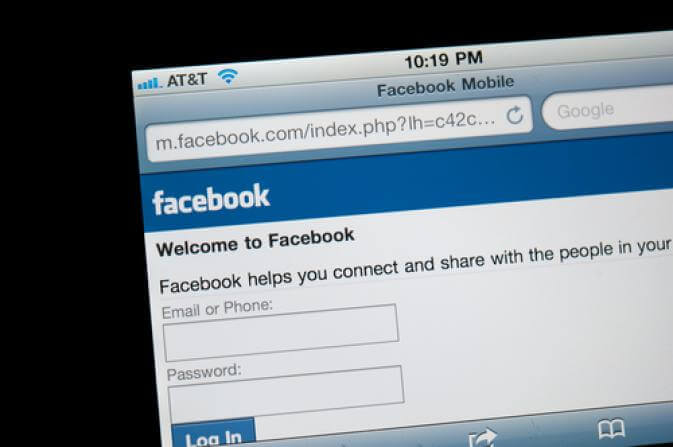How Facebook EdgeRank Can Make or Break Your Business
Posting status updates on Facebook is all you need to spread the word about your business, right? Wrong! Guest writer Diane Thieke shares surprising insight about how Facebook can help (or hurt) your marketing strategy.
With a billion users worldwide, Facebook is the de facto social network for businesses looking to market their products and services. Like any good business, you’ve set up your business page, and you’re posting to it daily. And all of your updates are showing up in the news feeds of all of your fans. Right? Umm…no, not really.
Here’s why: Facebook is using an algorithm called EdgeRank to determine what shows up in each person’s news feed. The algorithm is based on individual interests, which are derived from the actions people take on Facebook.
Have you ever wondered why that one friend shows up over and over in your news feed, while you seem to miss the updates of others altogether? That’s the work of Facebook EdgeRank, which determines your preferences based on your interactions with other users.
One important fact about EdgeRank is that it works only in one direction: the more often you Like photos that your one friend posts, the more frequently her updates show in your feed. However, unless she comments back or Likes your posts, your updates won’t show up in hers.
See also: Do You Have Bad Facebook Manners?
For digital marketers, this means that you need to create and post content that your fans and their friends will Like and share. In other words, you could post a status update every hour, but if that content is boring and doesn’t engage your followers, your updates will quickly disappear from your fans’ newsfeeds. Unless they visit your page, they’ll miss almost everything you say.
In other words, it’s quality over quantity.
The EdgeRank algorithm has three components: Affinity, Edge Weight, and Time Decay.
Affinity measures how often other people interact with your page; that is, how often they share, Like, or visit.
Edge Weight gives a higher value to certain types of content. Photos have a much higher weighting, as do videos.
Time Decay looks at recency. Newer items are ranked higher than older items.
Taken together, these three elements determine what turns up in your fans’ news feeds. Thus, if you post a photo to your page at the busiest time of day for Facebook (3 pm on Wednesdays, according to Bitly, the URL shortener), there is a high likelihood of it showing up in the news feed of a fan who has recently commented on or shared a previous item from your page.
See also: How to Secure Your Facebook Account?
Last week, Facebook’s news feed product manager Will Cathcart provided a bit more insight into what impacts EdgeRank. TechCrunch summarized the four main factors like so:
- If you Like every post by a page that Facebook shows you, it will show you more from that page.
- If everyone else on Facebook shown a post ignores it or complains about it, it’s less likely to show you that post.
- If you always Like photos, there’s a better chance you’ll see a photo posted by a page.
- If a specific post has received complaints by other users who have seen it, or the page who posted it has received lots complaints in the past, you’ll be less likely to see that post. This factor became a lot more prevalent starting in September 2012.

- Ask a question.
- Post a photo.
- Share content from around the web and include links.
- Start a poll.
- Upload a video.
Diane S. Thieke is the president and founder of Simply Talk Media, a digital media marketing consultancy. With more than 25 years in digital media and technology, she helps clients build stronger relationships with their customers and communities, using both social and traditional channels. Follow her on Twitter at @thiekeds or visit her blog at www.simplytalkmedia.com/blog.



